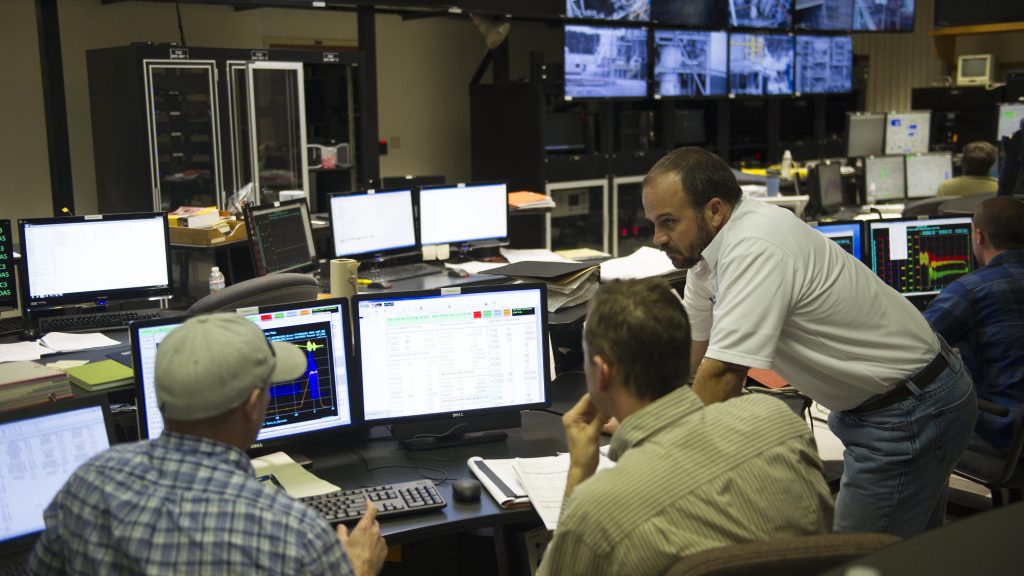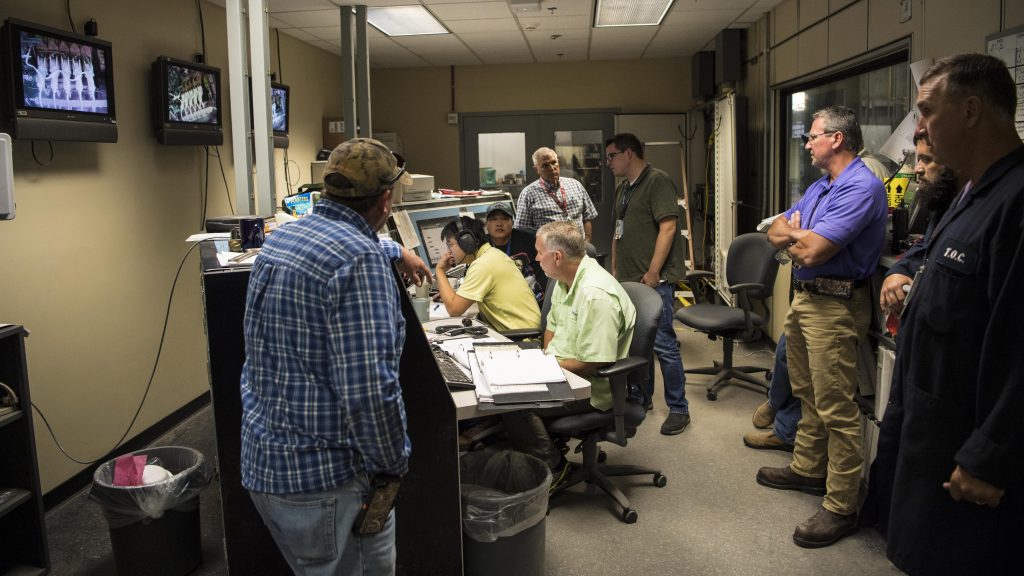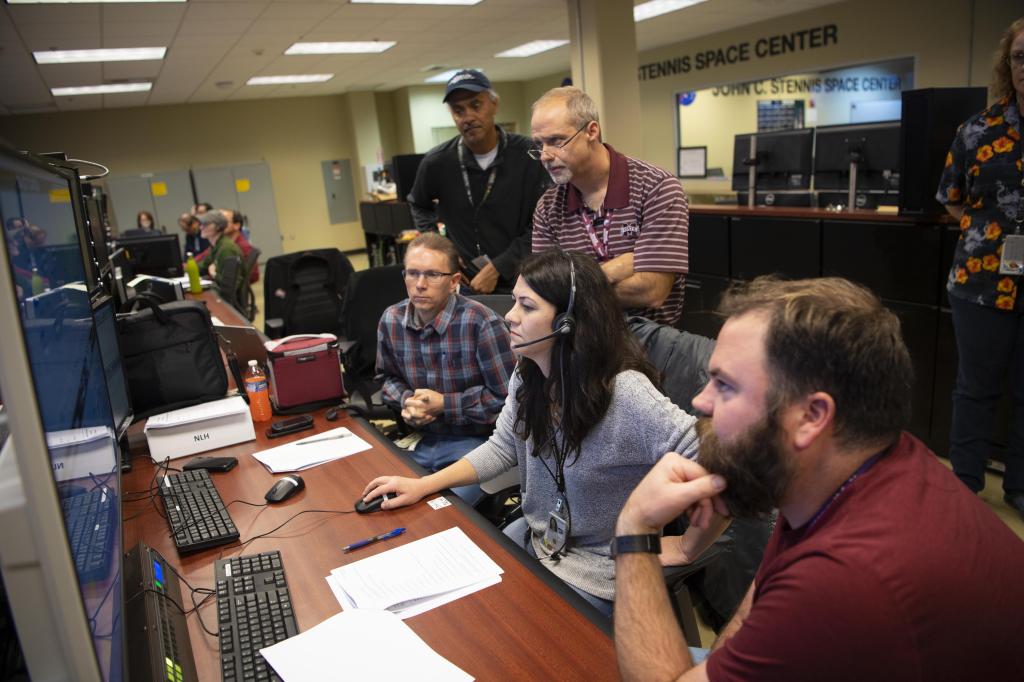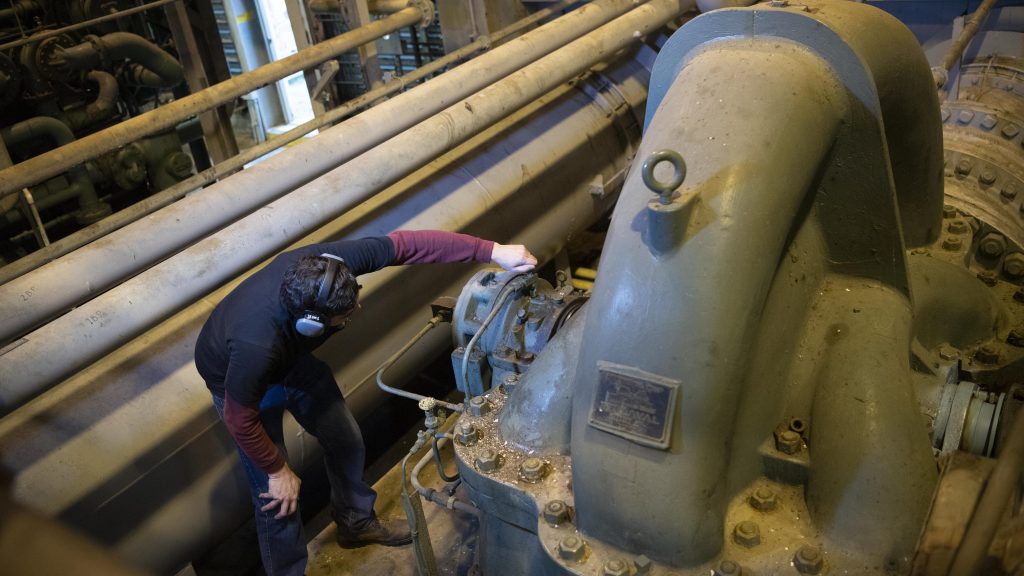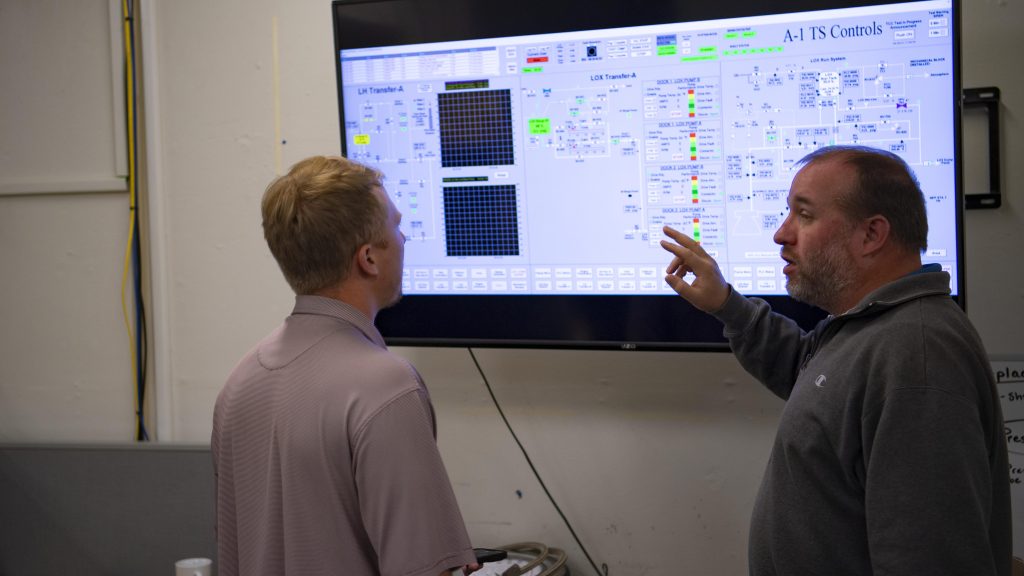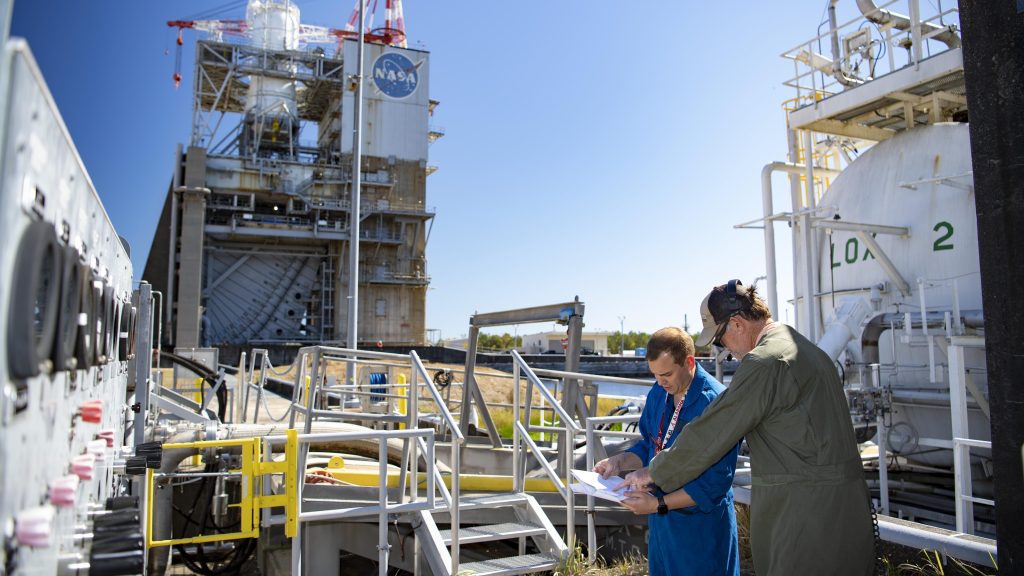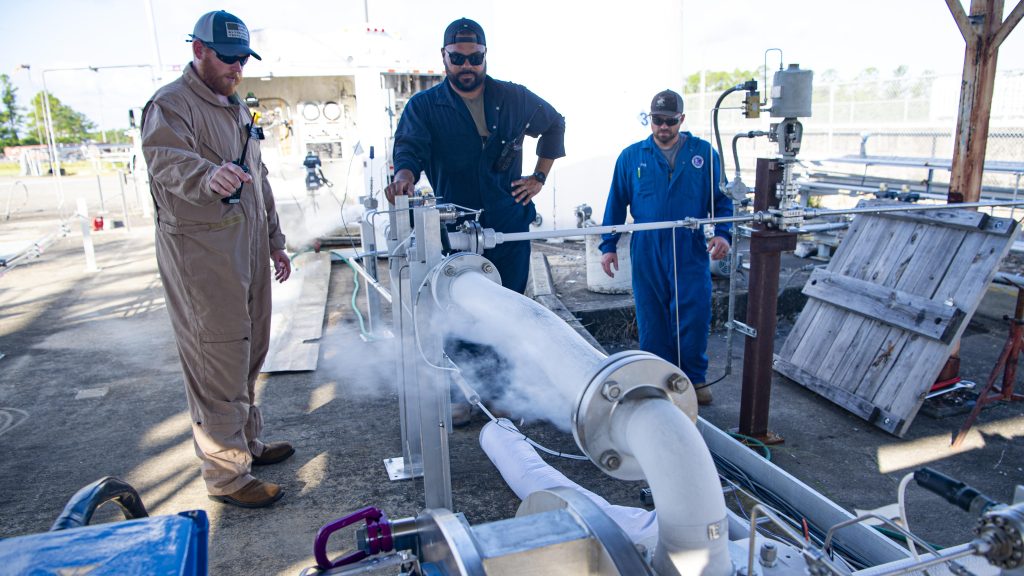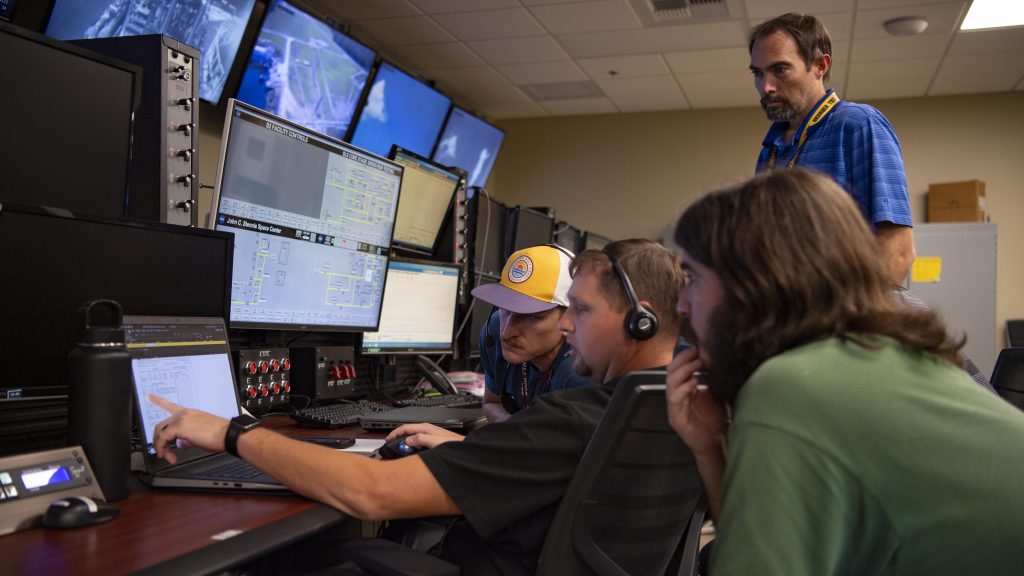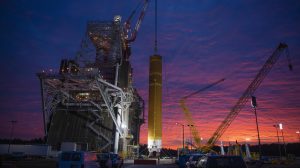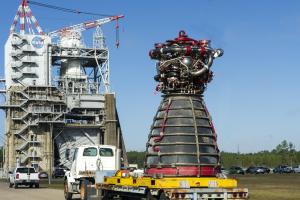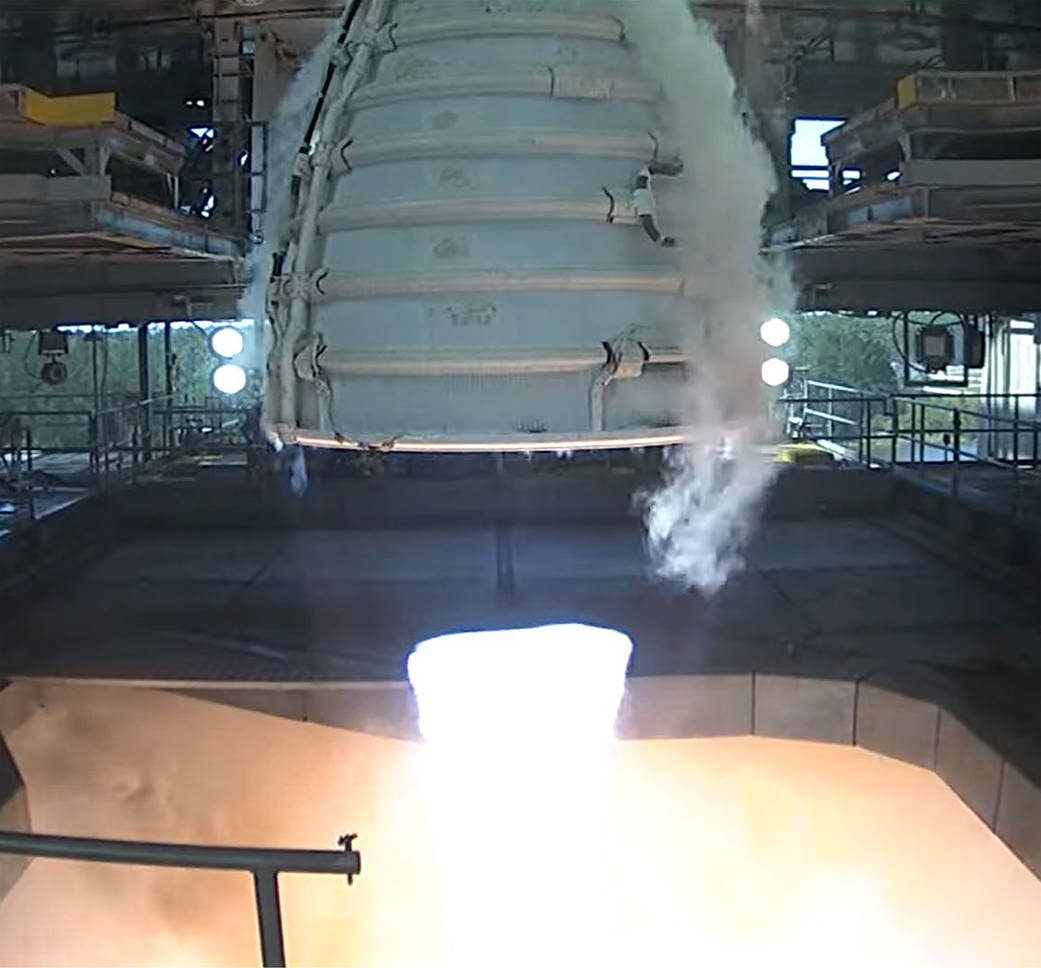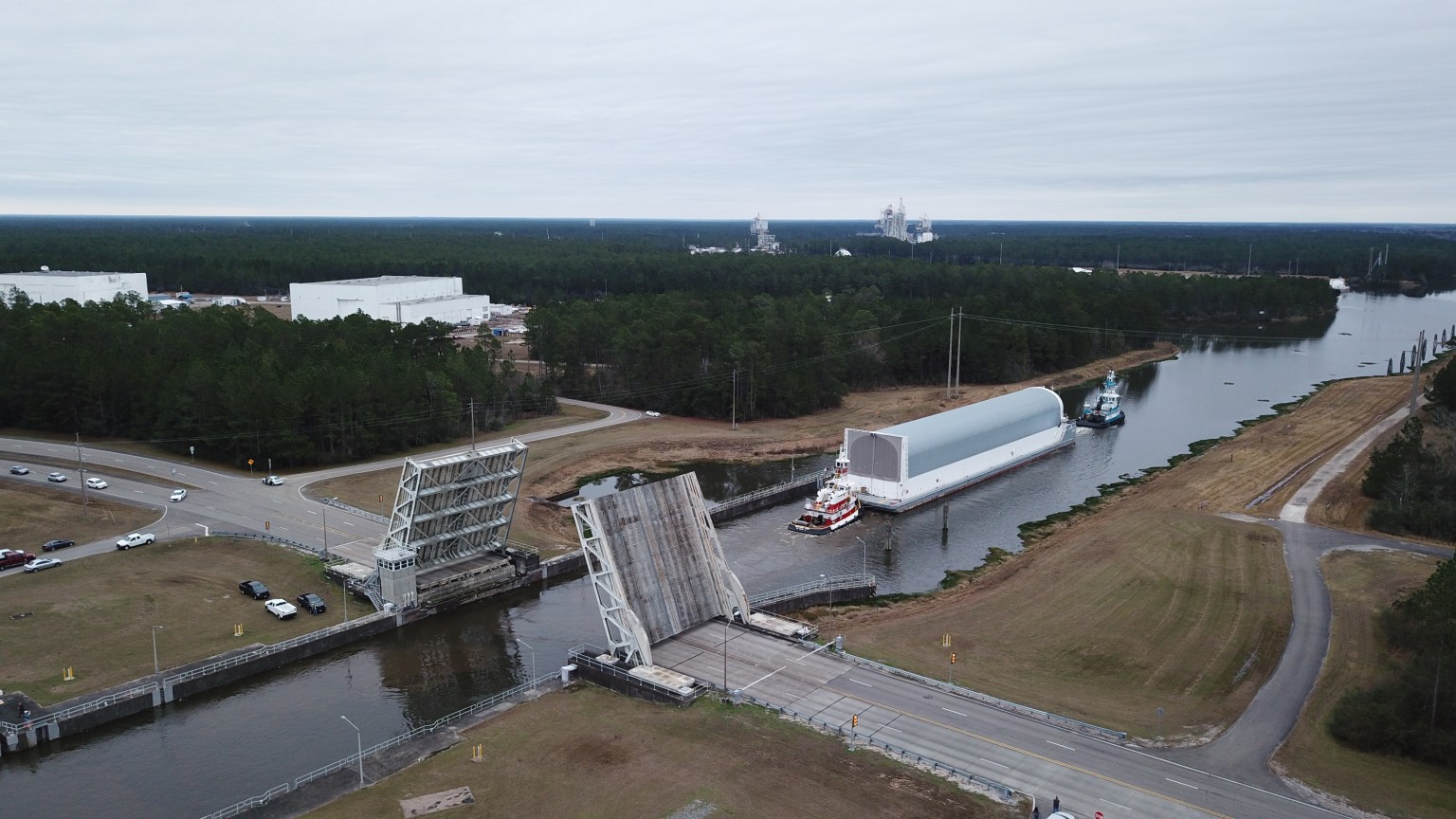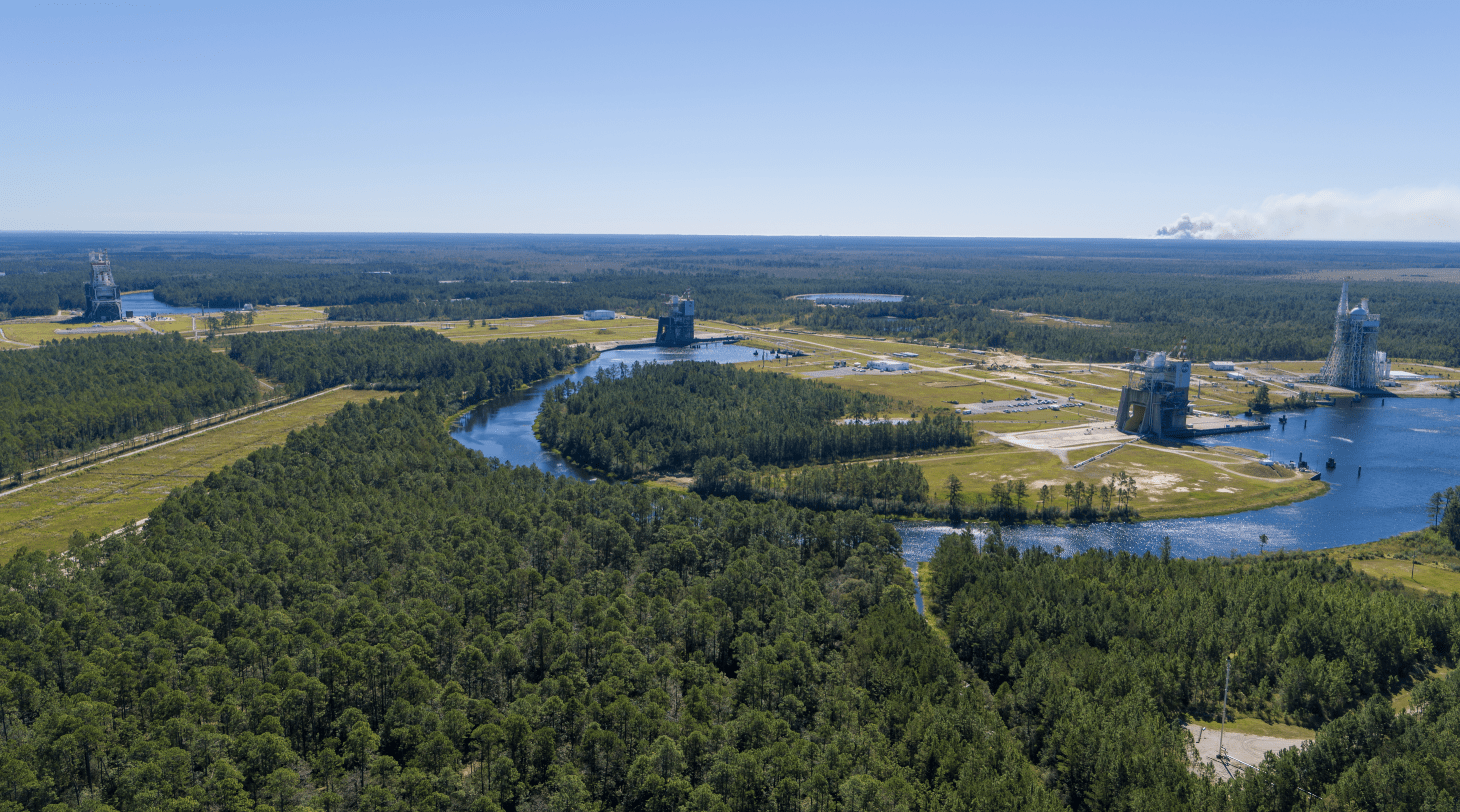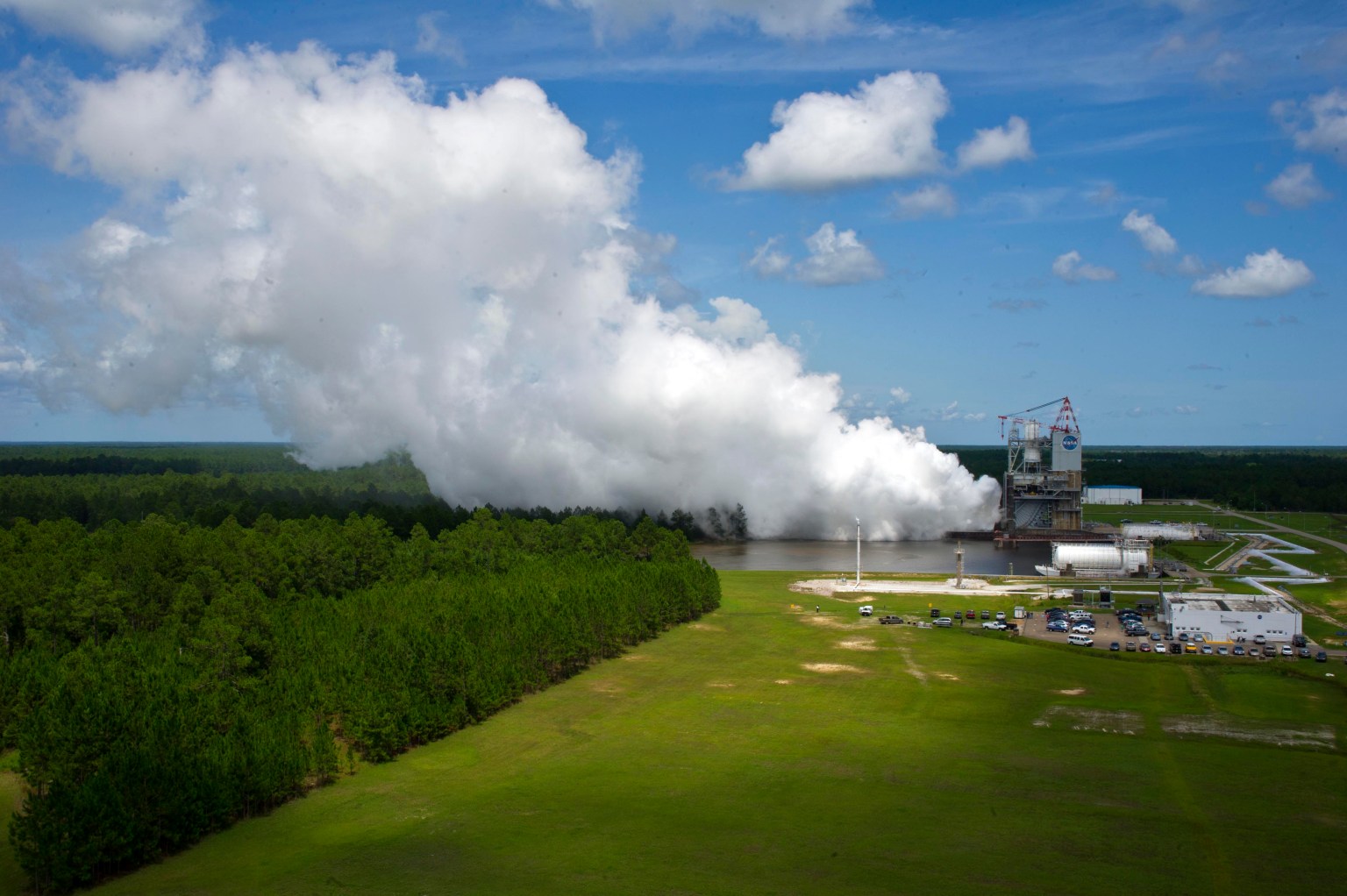NASA Stennis Test Team Supports Space Dreams with Proven Expertise
Note: The following article is part of a series highlighting propulsion testing at NASA’s Stennis Space Center. To access the entire series, please visit: https://www.nasa.gov/feature/propulsion-powering-space-dreams/. Contrary to the popular saying, work conducted by the propulsion test team at NASA’s Stennis Space Center is rocket science – and requires all the talent, knowledge, and expertise the […]

5 min read
Preparations for Next Moonwalk Simulations Underway (and Underwater)
Note: The following article is part of a series highlighting propulsion testing at NASA’s Stennis Space Center. To access the entire series, please visit: https://www.nasa.gov/feature/propulsion-powering-space-dreams/.
Contrary to the popular saying, work conducted by the propulsion test team at NASA’s Stennis Space Center is rocket science – and requires all the talent, knowledge, and expertise the term implies.
Rocket science at NASA Stennis, located near Bay St. Louis, Mississippi, has helped safely power American space dreams for almost 60 years ago. The accumulated knowledge and skills of the site’s test team continue to benefit NASA and commercial aerospace companies, thanks to new generations of skilled engineers and operators.
“The innovative, can-do attitude started with the founding of the south Mississippi site more than six decades ago,” said NASA Stennis Director John Bailey. “The knowledge, skills, and insight of a versatile team continue supporting NASA’s mission and goals of commercial aerospace companies by routinely conducting successful propulsion testing at NASA Stennis.”
The NASA Stennis team exhibits a depth and breadth of experience and expertise likely unsurpassed anywhere in the world.
The depth is built on decades of propulsion test experience. Veteran team members of today learned from those working during the Apollo era, who overcame various engineering, technical, communications, and mechanical difficulties in testing the Saturn V rocket stages that powered humans to the Moon. During 43 stage firings, the team accumulated an estimated 2,475 years of rocket engine test expertise.
Members of the Apollo test team then joined with new engineers and operators to test main engines that powered 30 years of space shuttle missions. From 1975 to 2009, the team supported main engine development, certification, acceptance, and anomaly testing with over 2,300 hot fires and more than 820,000 seconds of accumulated hot-fire time.
“NASA Stennis is unique because of the proven test operations expertise passed from generation to generation,” said Joe Schuyler, director of the NASA Stennis Engineering and Test Directorate. “It is expertise you can trust to deliver what is needed.”
In addition to depth, the site team also has a breadth of experience that gives it unparalleled versatility and adaptability.
Part of that comes from the nature of the center itself. NASA Stennis is the second largest NASA center in terms of geography, but the civil servant workforce is small. As a result, test team members work on a range of propulsion projects, from testing components on smaller E Test Complex cells to firing large engines and even rocket stages on the heritage Apollo-era stands.
“Our management have put us in a position to be successful,” said NASA engineer Josh Greiner. “They have helped move us onto the test stands and given us a huge share of the responsibility of leading projects early in our career, which provides us the confidence and opportunity to conduct tests.”
In addition, center leaders made a deliberate decision more than a decade ago to return test stand operations to the NASA team. Prior to that time, stand operations were in the hands of contractors under NASA supervision. The shift allowed the civil servant test team to fine-tune its skill set even as it continued to work closely with contractor partners to support both government and commercial aerospace propulsion projects.
The evolution and performance of the NASA Stennis team was illustrated in stark fashion in June/July 2018 when a blended team of NASA, Defense Advanced Research Projects Agency, Aerojet Rocketdyne, Boeing, and Syncom Space Services engineers and operators test fired an AR-22 rocket engine 10 times in a 240-hour period.
The campaign marked the first time a large liquid oxygen/liquid hydrogen engine had been tested so often in such a short period of time. The test team overcame a variety of challenges, including a pair of lightning strikes that threatened to derail the entire effort. Following completion of the historic series, a NASA engineer who helped lead the campaign recounted one industry observer who repeatedly characterized the site’s test team as nothing less than a national asset.
The experienced site workforce now tests RS-25 engines and propulsion systems for NASA’s Artemis campaign, including those that will help power Artemis missions to the Moon for scientific discovery and economic benefits. The NASA Stennis team also supports a range of commercial aerospace propulsion test activities, facilitating continued growth in capabilities. For instance, the team now has experience working with oxygen, hydrogen, methane, and kerosene propellants.
“The NASA and contractor workforce at NASA Stennis is second to none when it comes to propulsion testing,” Schuyler said. “Many of the current employees have been involved in rocket engine testing for over 30 years, and newer workers are being trained under these seasoned professionals.”
For information about NASA’s Stennis Space Center, visit:
Share
Details
Related Terms
What's Your Reaction?



















.jpg?#)























